The ferry crossing of the Strait of Belle Isle from Blanc
Sablon to Saint Barbe on Newfoundland island took about two hours. Considering
how little ice there was visible from shore, I was surprised the ferry passed
through a stretch of dense sea ice near the center of the strait, apparently
pushed into one area by the multiple currents that meet in the area. It made me
look for the life jackets and take note of the lifeboats in case we went the
way of the Titanic.
Newfoundland has for quite a long time been the number one
place on my list in North America to visit. That’s probably because, along with
my number two Hawaii, it’s one of the few places on the continent I haven’t
been to yet. It’s also because it’s very remote and wild. The northern
peninsula which includes L’Anse Aux Meadows Viking Site and the geological
wonders of Gros Morne National Park have been particular draws. It’s also been a kind of forbidden fruit to me
for six years since I was denied entry to Canada in 2012 when I had planned to
do approximately this same trip.
One of the things you immediately notice about Newfoundland
is the local’s funny accent. It sounds a bit Irish and a bit exaggeratedly
Canadian but is truly unique, Newfie as it’s called. Maybe it’s somewhat less
true in Saint John’s, but out in the countryside people are especially friendly
and garrulous, as country folk tend to be. There’s something very authentic
about the people here, even if most of them don’t work in traditional
extractive industries like fishing and forestry anymore. And on the northern peninsula
most of the houses seem quite modern and typical of Canada, not ramshackle
little fishing villages anymore.
Newfoundland’s northern peninsula juts up about 250 miles
from the rest of the island and is one of the most rugged and least populated
parts consisting mostly of the elevated plateau of the Long Range Mountains.
Interestingly, the road to the northern peninsula was only completed in 1960,
the coastal towns (they’re all coastal) previously only linked with each other
and the outside world by boat until then.
I asked a man at a ranger at a fisheries
interpretive center in Gros Morne how long the Gulf of Saint Lawrence was iced
over each year and was surprised to hear, though, that it’s significantly less
than I expected with it not getting completely iced over in many recent years
and in others only lasting for about three months. I guess it’s more evidence
of global warming.
I was again struck by the wildlife in the area. When I least
expected it I’d come across something on the side of the road that hardly
seemed real, like a caribou or a moose. And then there was the moose in the
parking lot at a restaurant. I was somewhat surprised to learn that Caribou are
native to Newfoundland and Moose are not. Caribou seem like a very arctic
species to me while Moose seem more adapted to the island’s forested
environment, but the estimated 100,000 Moose in Newfoundland are all descended
from a handful introduced in the early 1900s. One benefit of their abundance is
that moose meat regularly shows up on menus in multiple forms in Newfoundland.
My moose burger in Point Aux Choix was on the dry side and definitely didn’t
taste like beef.
And as I was driving on the main road that links the north
to the rest of the island, called “The Viking Trail”, I noticed a bird soaring
slightly ahead of my car and traveling about the same speed. “OMG, that’s a
bald eagle!”
Traveling from Labrador to Newfoundland, the namesakes of
two very popular dog species, I expected the appearance of the canine residents
to change. Sure enough, I met the sweetest friendliest Newfoundland at a photo
stop at Noddy Cove near the island’s northern tip. He seriously wanted to get
in my car, and I wanted to steal him and take him home with me.
The northern peninsula has multiple geological and
archaeological sites as well. The Thrombolites at Flowers Cove don’t look all
that different from other rocks but are actually remains of some of the
earliest communal life forms, something sort of akin to half-billion year old
corals. I’m sure there’s no relation to corals, but it seems like a similar
phenomenon. Point Aux Choix is another Parks Canada national historic site which
preserves archaeological sites of four waves of indigenous settlers in the
region, along with a lighthouse and some nice seaside walking trails.

 Flower's Cove, Newfoundland and Labrador, Canada
Flower's Cove, Newfoundland and Labrador, Canada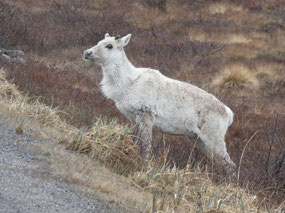
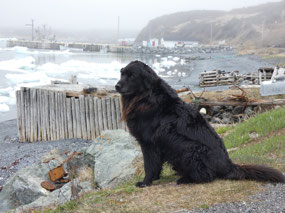
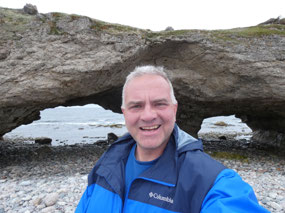
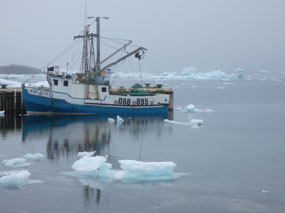


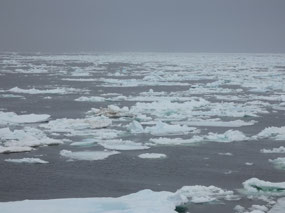
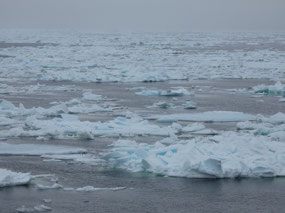
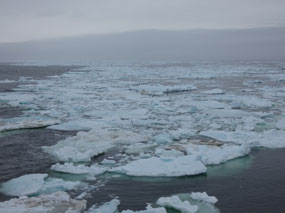
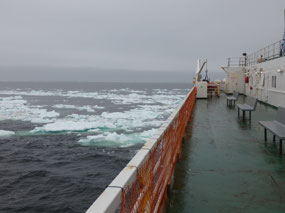
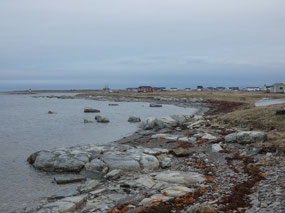
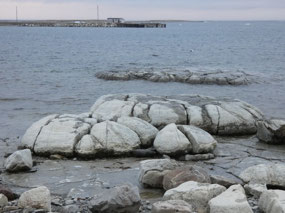
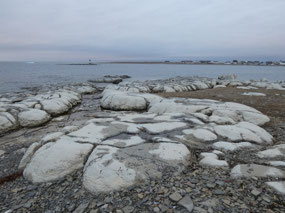
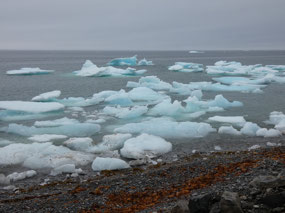
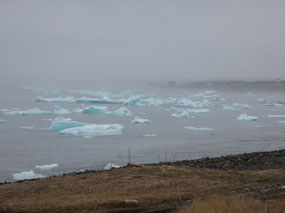
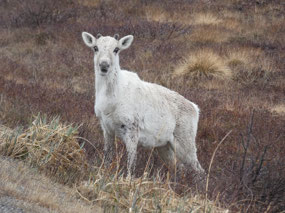

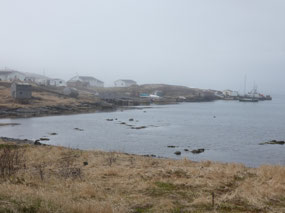
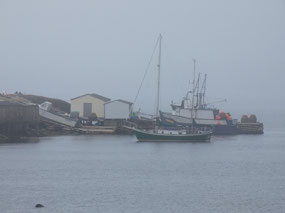
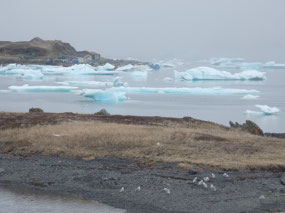
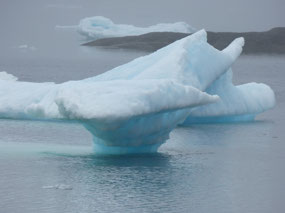
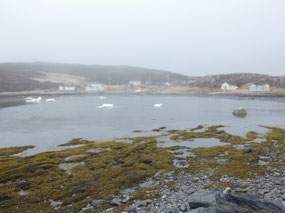
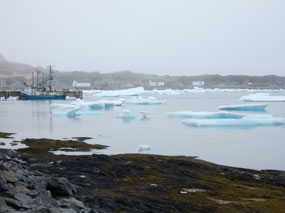
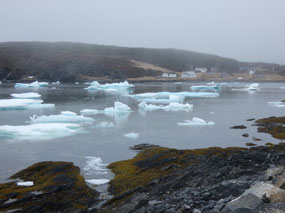
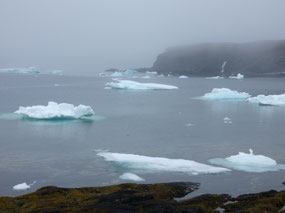
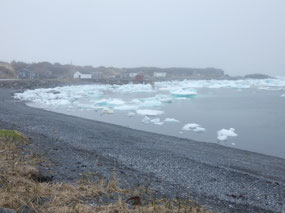
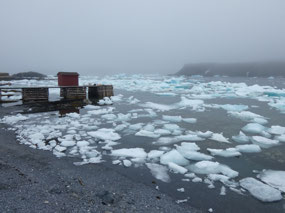
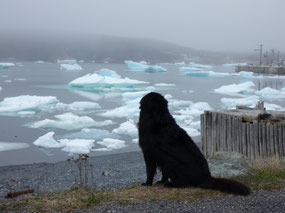
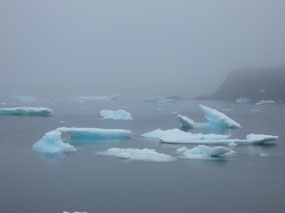
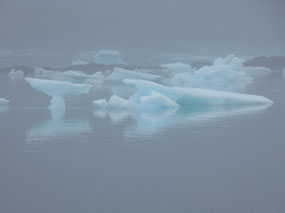
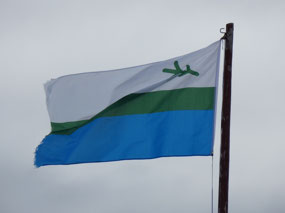
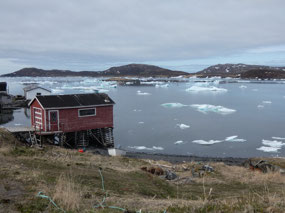
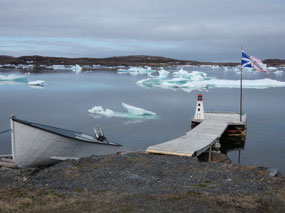
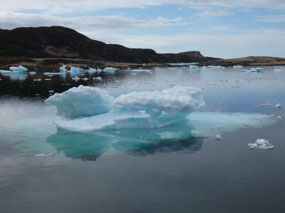
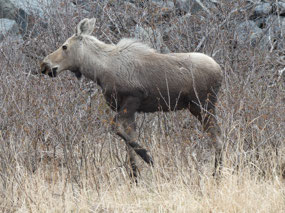
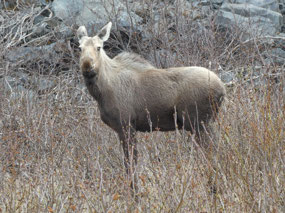
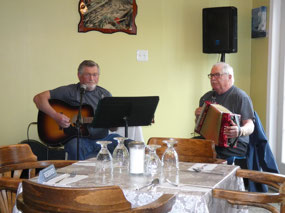
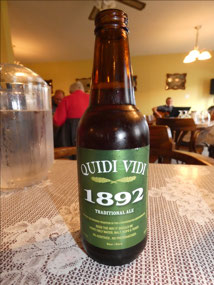
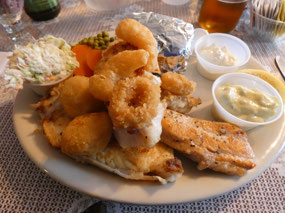

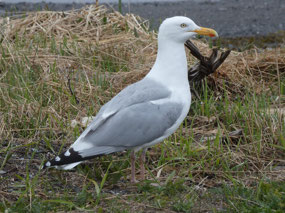
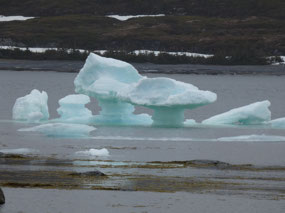
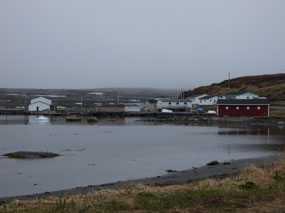
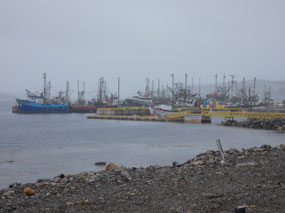
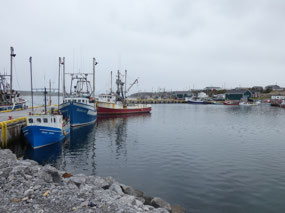
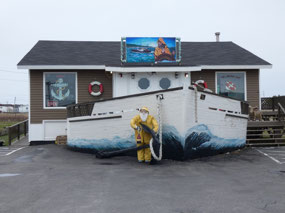
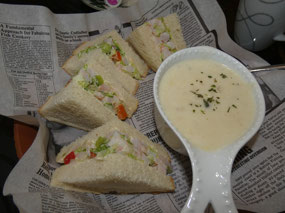
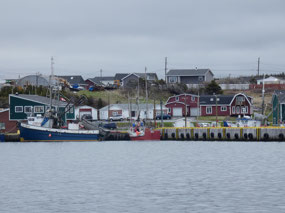

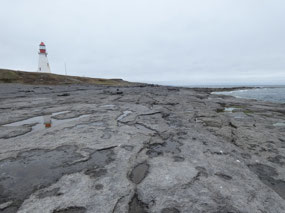
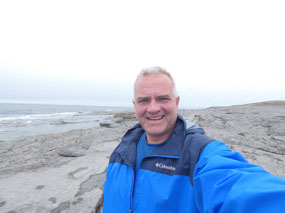
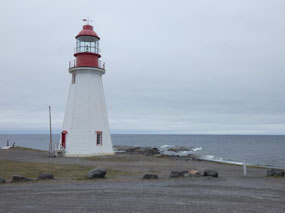

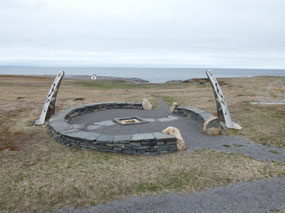
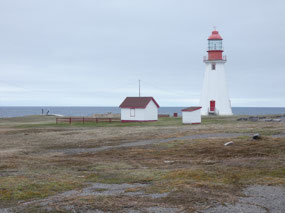
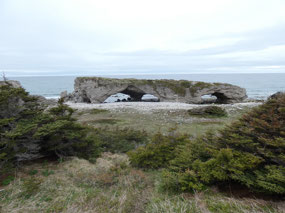
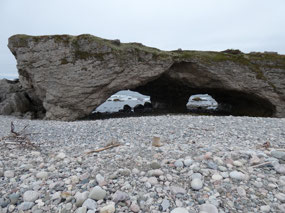
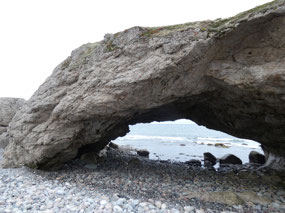
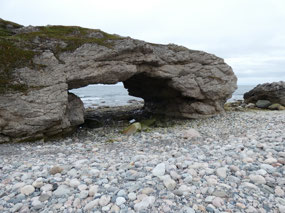
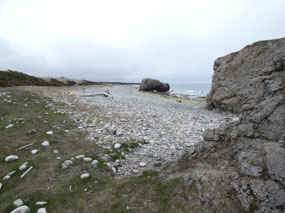
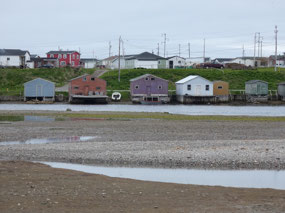
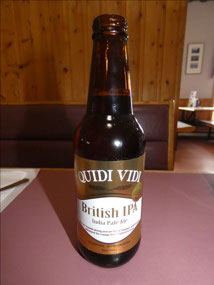
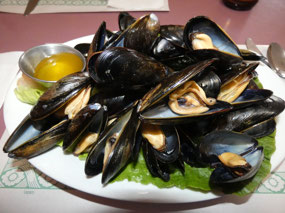

2025-05-23